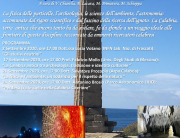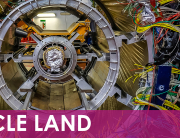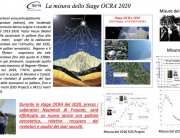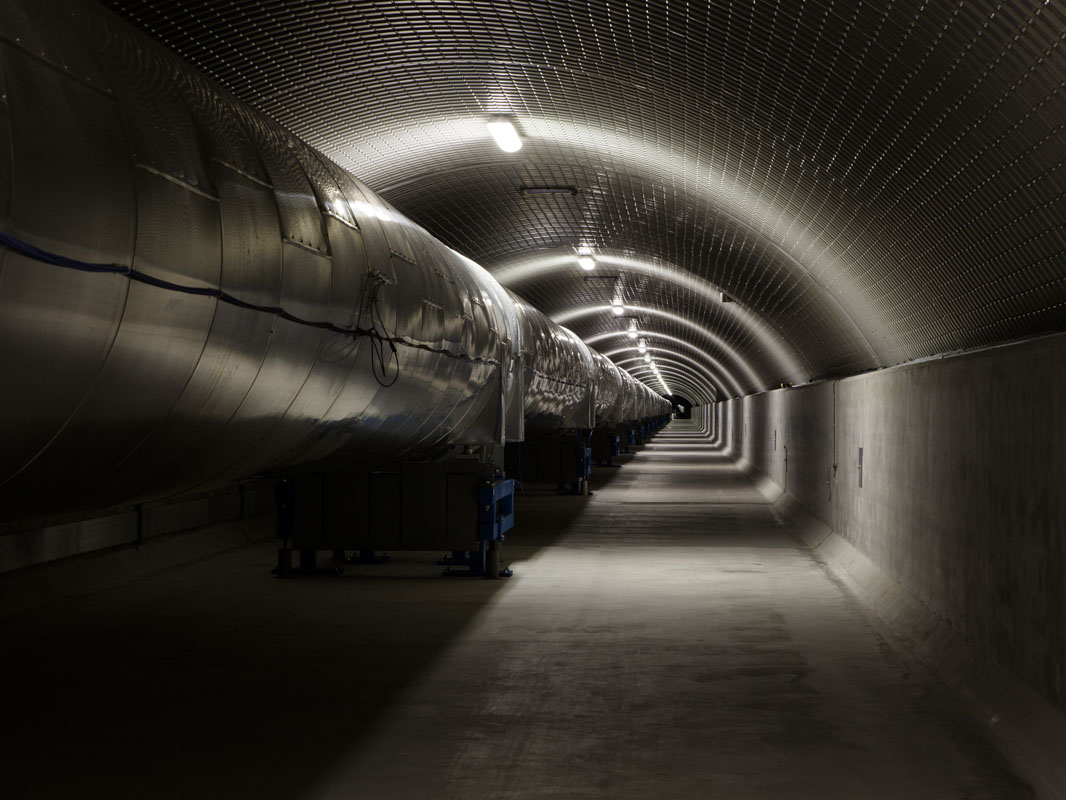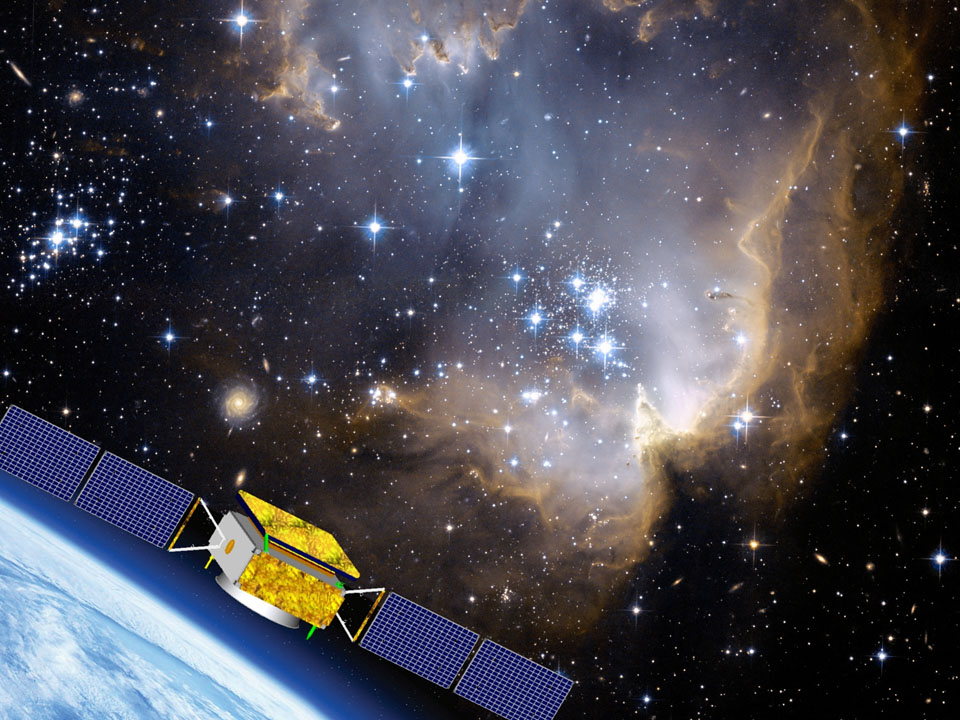Cutting-edge research in laser-plasma physics at ELI-NP
Lunedì 24 maggio ore 16.00 on line
il link per partecipare è ZOOM
https://infn-it.zoom.us/j/88014402464?pwd=TEVBemx6SnEzK3lFV1hxS3F6K2wzQT09
Domenico DORIA
Head of the Department for Laser-Driven Experiments at ELI-NP
Extreme Light Infrastructure (ELI-NP) & Horia Hulubei National Institute for R & D in Physics and Nuclear Engineering (IFIN-HH), Str. Reactorului No. 30, 077125 Bucharest– Magurele, Romaniae-mail: domenico.doria@eli-np.ro
The Extreme Light Infrastructure facility for Nuclear Physics (ELI-NP), located in Romania, will soon provide beamtime to users worldwide with the most powerful laser up-to-date and a high brilliance variable energy gamma beam system, called VEGA.
A few decades after the invention of the Chirped Pulse Amplification (CPA) technique by the 2018 Noble laureates Gerard Mourou and Donna Strickland, the laser power and intensity have increased by several orders of magnitudes, now reaching frontiers where the dynamic of the interaction of light with matter is starting to be dominated by relativistic and quantum effects. Nowadays, there is a worldwide effort in building facilities based on a high-power laser system (HPLS), and recently the ELI-NP research institute has demonstrated, for the first time ever, the most powerful laser shot of 10 PW (i.e., 250 J/ 25 fs).
The facility hosts several experimental areas and laboratories for R&D. In particular, the E1, E6, and E5 areas for high-power laser-driven experiments will accommodate experiments with 10 PW and 1 PW laser beams. The research topics will be focused on High-Energy Density Physics (HEDP) and Laser-Driven Particle Acceleration (LDPA), and applications. The fundamental physics of laser-matter interaction such as, for instance, Radiation Reaction (RR) and Vacuum Birefringence (VB) and in general the QED in a strong laser field will be studied. Also, particle and anti-particle generation and acceleration via laser will be intensively investigated, with particular attention to Laser Wake-Field Acceleration (LWFA) of electron and Radiation Pressure Acceleration (RPA) of ions, and ultra-bright gamma ray sources. The VEGA system will allow studying different topics in photonuclear physics, such as NRF and photonuclear reactions at much higher sensitivity and resolution in comparison with the already worldwide existing similar machines.
The research that will be carried out at ELI-NP can also be employed in numerous applications as, for example, cultural heritage, material science and probing, and medical applications leading to a beneficial impact on society.

